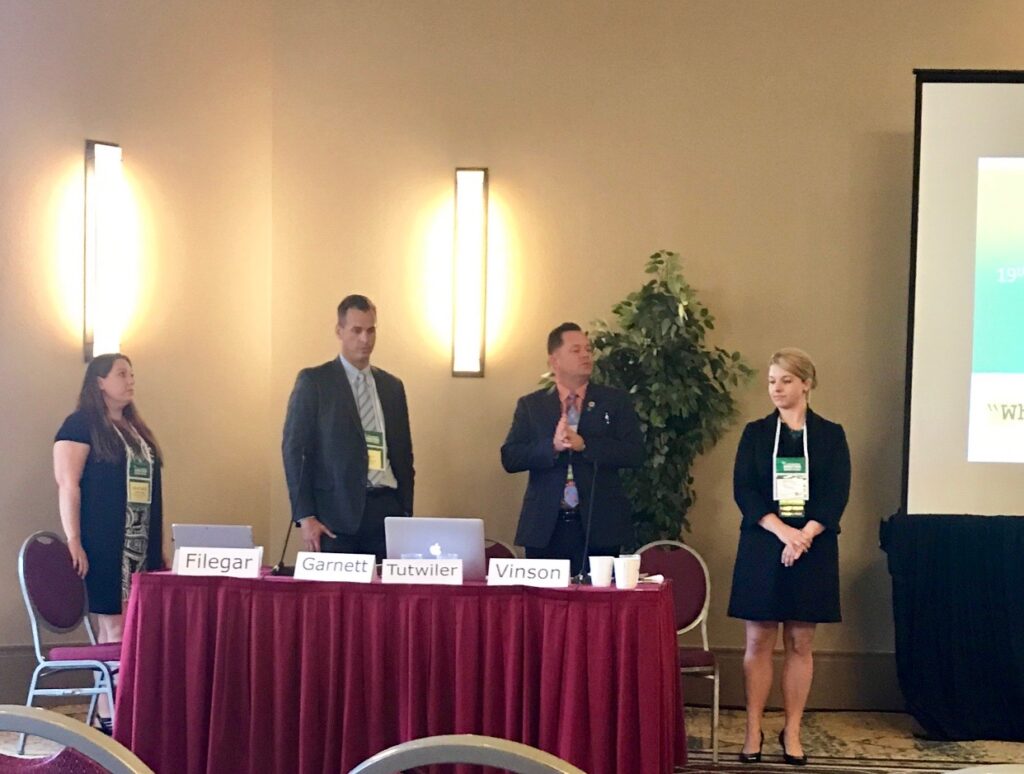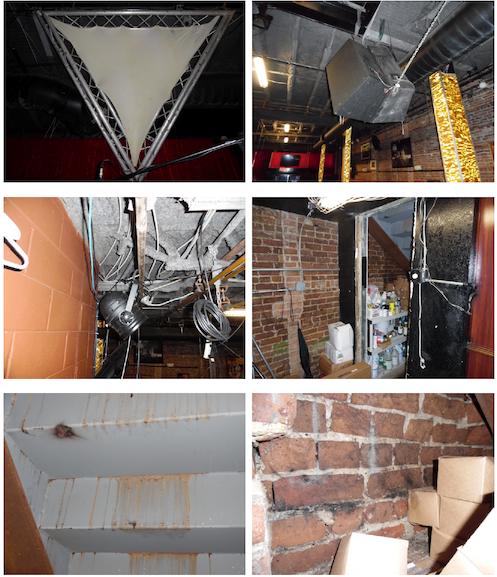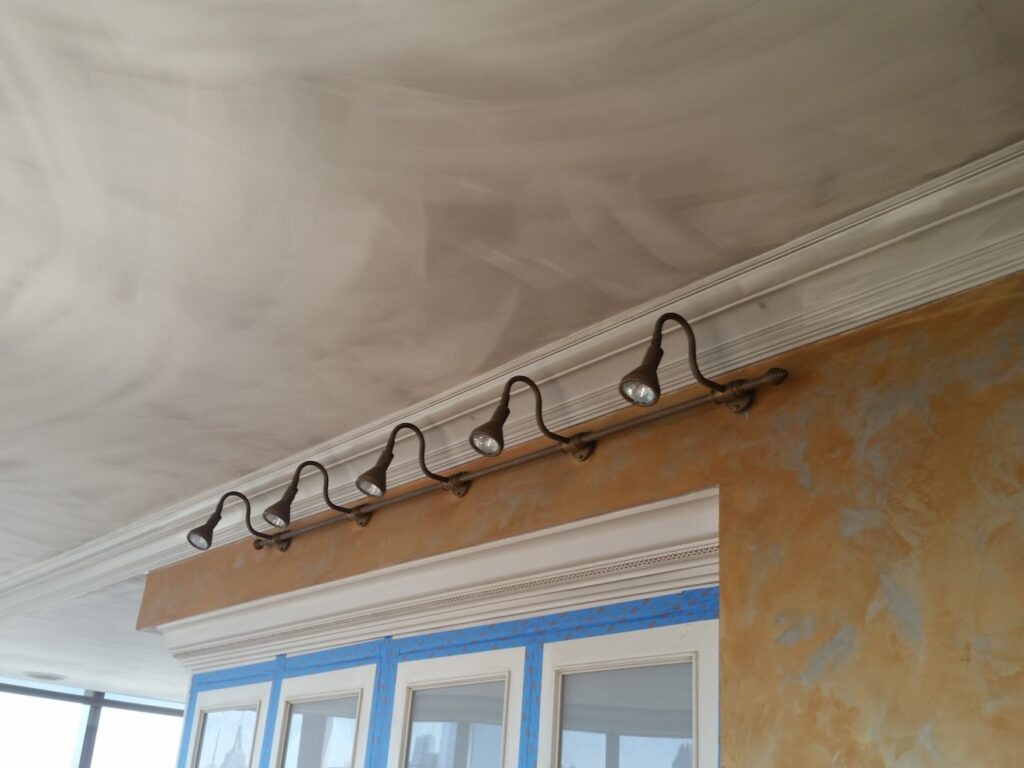Last week, Richard Tutwiler of Tutwiler and Associates, Matthew Garnett of Vernis and Bowling, Heather Filegar of Southern Healthy Homes, and I presented at the 2018 Windstorm Insurance Conference at the Rosen Shingle Creek Hotel.
Rick Tutwiler who will be the President of the Windstorm Insurance Network in 2020, wanted to expand the course offering presented this year, so we proposed a topic that had not been presented in the past: Where Wind Meets Fire: Interesting Issues in Claims Where the Wind Brings Fire, Ash, Smoke, Soot and Ash to Other Properties.
This presentation focused on winds spreading wildfires and causing intense smoke infiltration into communities that are many miles away from the actual fires.
The phenomenon causing an increase in wildfire devastation are extreme winds. The notorious Santa Anna & Diablo winds have caused over 19 billion dollars in insured losses in 2017 alone. Consequently, these devastating winds have contributed to the increase in smoke, soot and ash related claims also causing massive business interruption claims.
In the presentation, we discussed the significance of direct physical loss claims from the ash, soot and smoke to the property that did not have the actual fire on the subject property but had a direct, physical loss from the fires nonetheless.
The detail and extent of more discrete smoke damage should be evaluated and to be certain that all damage was properly remediated or addressed. We discussed testing and sampling to understand whether the protocols to get the property back to the pre-loss condition have, in fact, taken away the smoke, soot, and ash. Even experienced fire and smoke veterans are often surprised to discover the extent of damage caused by smoke and soot. Independent lab testing results can be quick, detailed, and can help us all.
In the cases discussed, we looked at how certain courts had discussed the issue of smoke damage to a business that was an open-air theater,1 how experts must be prepared in cases where smoke and soot samples are used,2 and how wildfire smoke inside of a location selling medical marijuana (in a state where it was legalized) was evaluated by a federal court, when the issue of whether the policy should have been issued for contraband from the inception arose.3 The facts in these cases lead to some interesting discussions about the applicability pollution exclusions, pre-policy inspections, and damage to the air quality as a direct, physical loss.
Here are a few of the slides from our presentation:
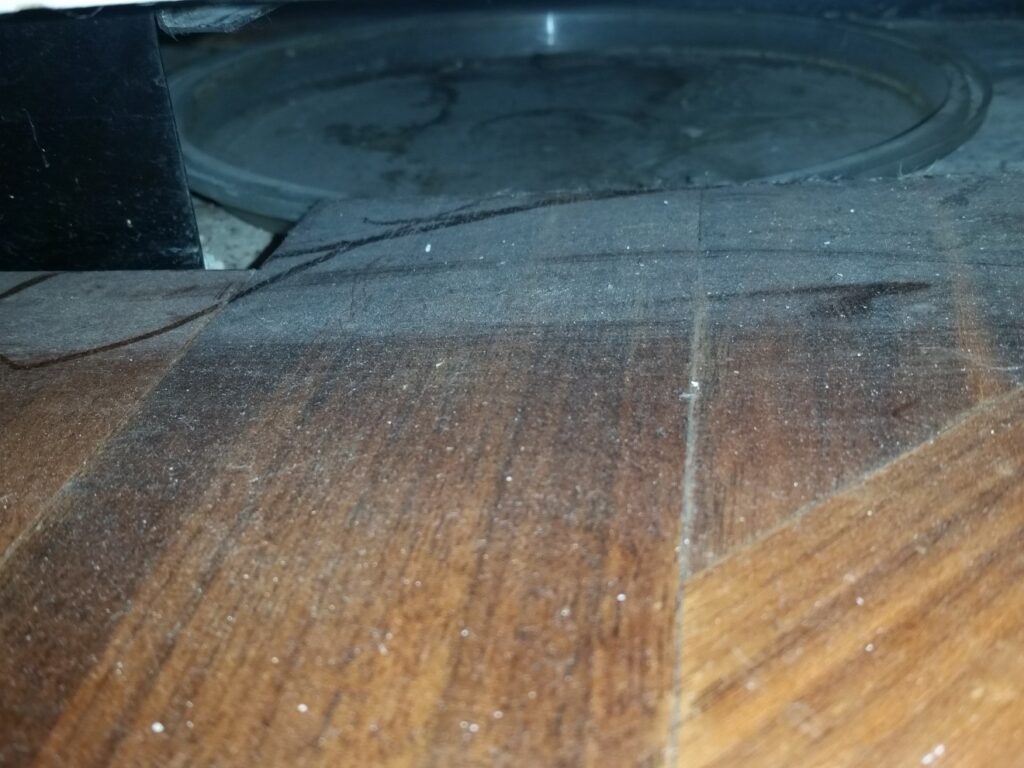
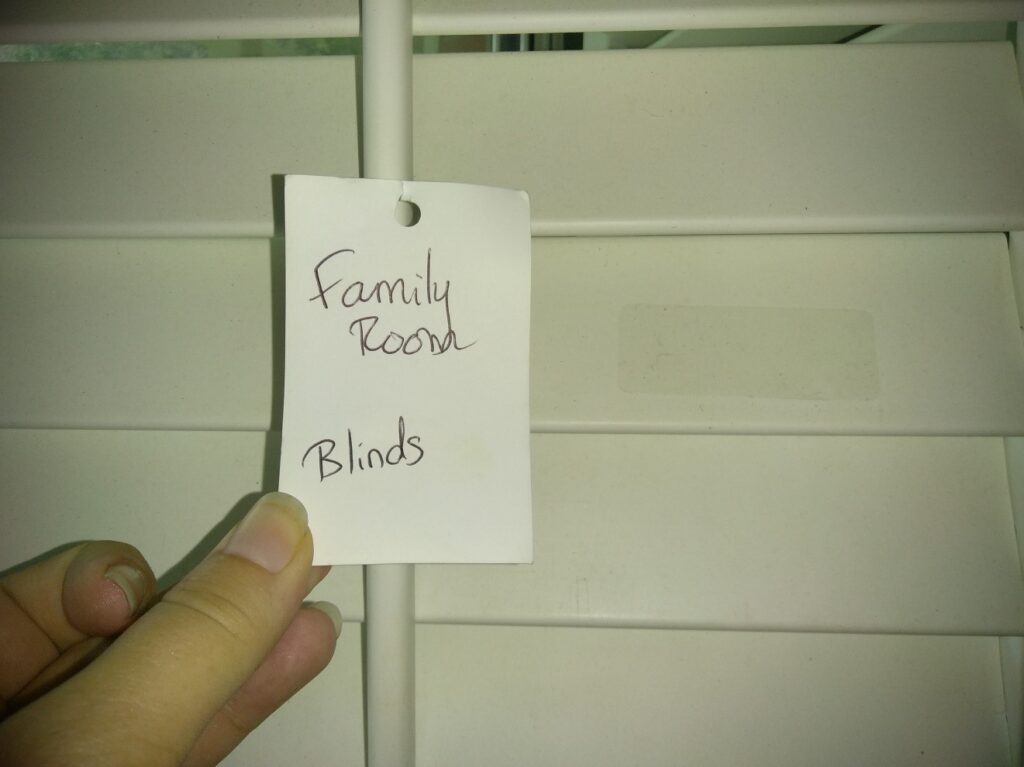
If you are reading this blog, you can join us next year. For nearly two decades this has been an organization open to those handling windstorm insurance losses in various capacities: the Windstorm Insurance Network (WIND) is a professional association and conference formed in 1999 to bring together both defense and policyholder professionals to connect, learn, and engage on important topics in the property and windstorm insurance claims industry.
_____________
1 Oregon Shakespeare Festival Ass’n v. Great American Ins. Co., No. 1:15-cv-01932-CL (D. Ore. June 7, 2016).
2 Falcon v State Farm Lloyds, No. 1:12-CV-491, 2014 WL 2711849 (W.D. Tex. June 16, 2014).
3 Green Earth Wellness Ctr., LLC v. Atain Specialty Ins. Co., 163 F. Supp. 3d 821, 823 (D. Colo. 2016).

